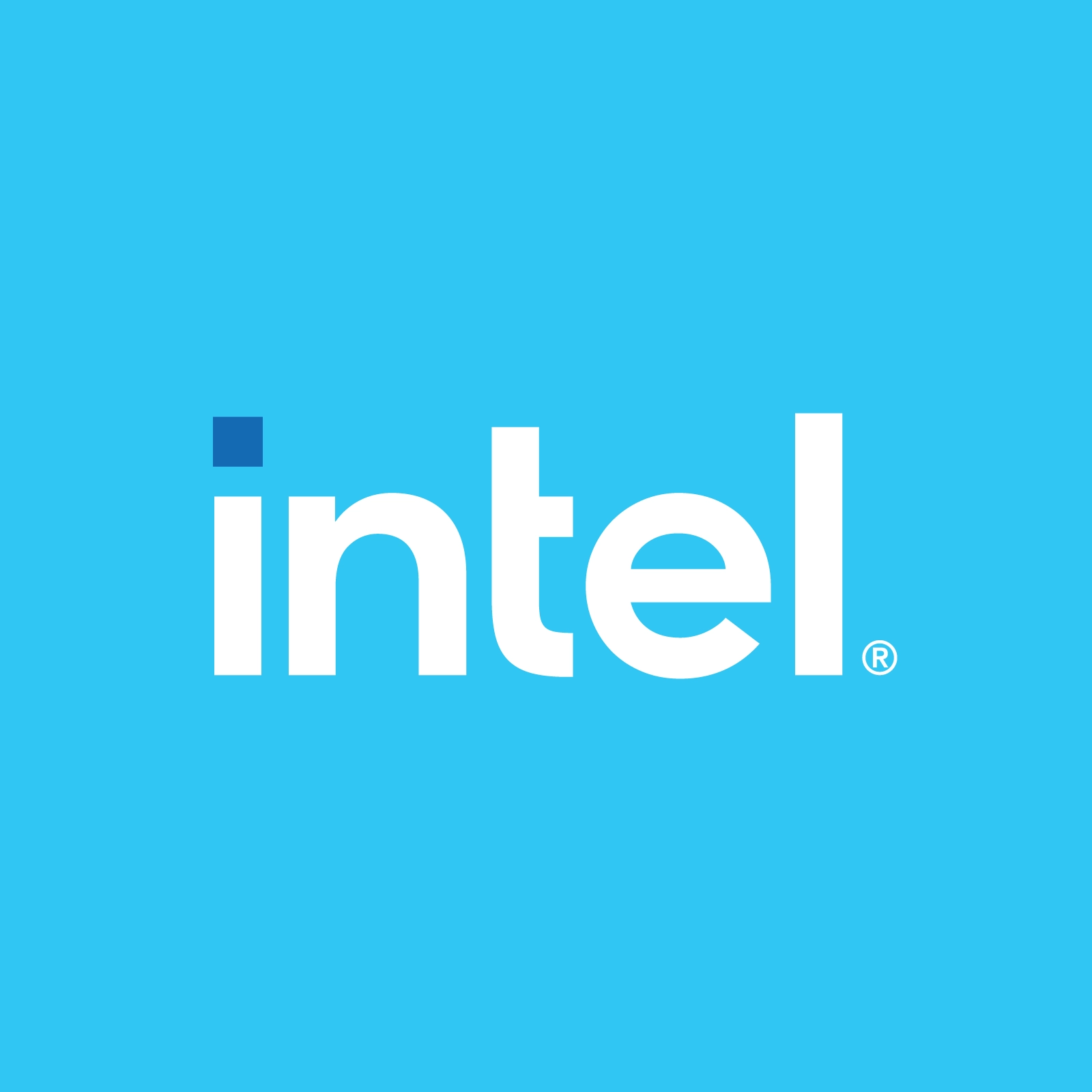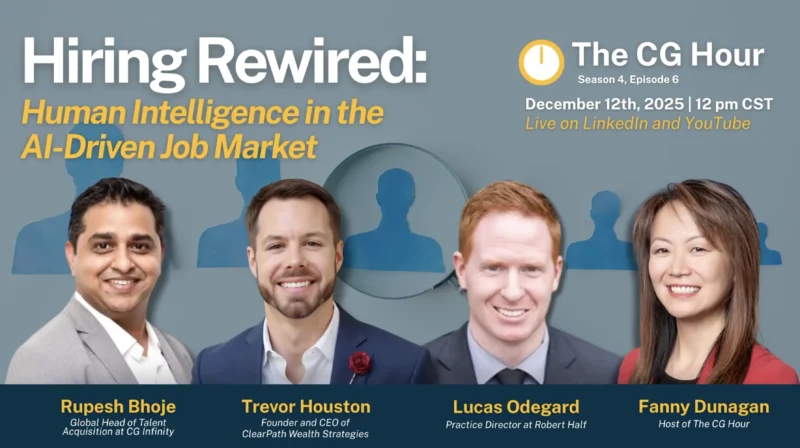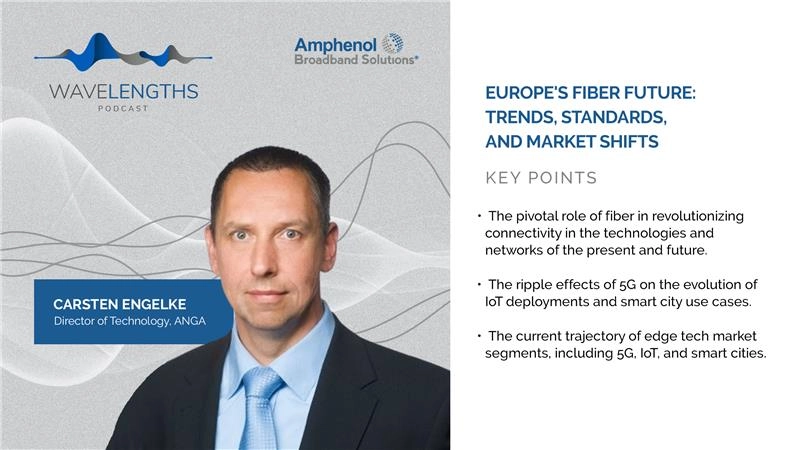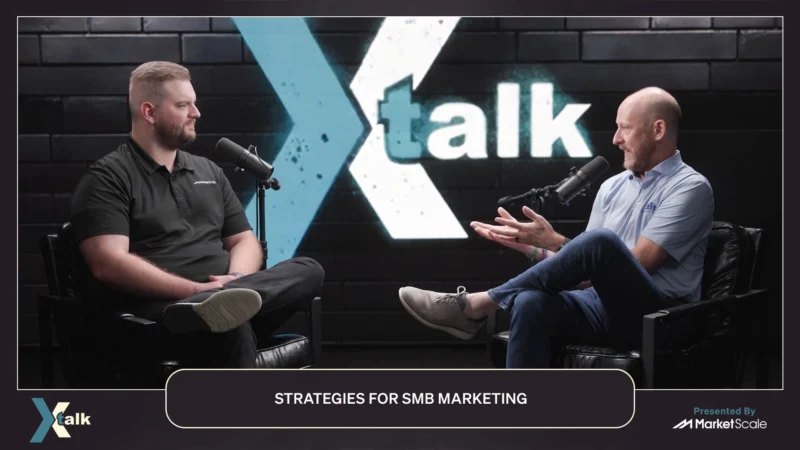Cutting Wait Times Through Technology
Today’s consumers want new and easier ways to shop and travel. The challenges are therefore building innovative technology platforms that can help retailers and OEMs develop solutions to make user experiences easier. Inefi Technologies’ Leonard Gilbert-Wines and Intel IoT Group’s Stevan Dragas share how they’re helping lead the charge with technology that is cutting wait times for the retail and hospitality industries and improving customer experiences.
Gilbert-Wines says it’s all about reducing friction and expanding choices, “Whether you’re going to a traditional point-of-sale cash register or using self-checkout, or even applications on your own devices to transact, we are heavily invested in bringing new products to market for our partners and solution providers.”
The pandemic’s challenges include labor shortages and bringing skilled personnel back into hospitality. This means technology must play an essential role through self-service and order points.
Another issue compounding wait times is software & hardware related. Dragas notes the varying speeds at which markets move, “Some software companies with the operating systems are pretty much end of life support for some of the equipment in retail…what’s needed is technologies that provide safe, manageable use of those assets over a longer period. Inefi is a perfect example where some of those services on Intel’s platform are being used.”
Gilbert-Wines agrees, “You don’t just refresh the hardware; it’s software, certification, and protocols. There’s a lot that needs to be covered. When you have that in place from a retailer, you want that in place for as long as possible to maximize the investment. So, we as an organization ensure that we put forward processes and architecture that can deliver on that promise.”
Inefi utilizes Intel IoT platforms which provide a lifecycle up to ten years or longer.
So, what’s the driving force behind the need for such rapid technological advancements? It all comes down to changing habits of consumers. In a post-pandemic world, what people want most is frictionless experiences. With retail shrinkage rising before the pandemic and growing more over the past few years, even a tiny percentage equals billions of dollars. Every small fraction that frictionless service offerings can recapture is a win.
Learn more about retail and hospitality technology solutions by connecting with Steven Dragas and Leonard Gilbert-Wines on LinkedIn or visit:
Subscribe to this channel on Apple Podcasts, Spotify, and Google Podcasts to hear more from the Intel Internet of Things Group.




